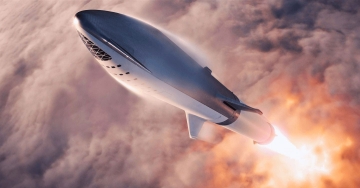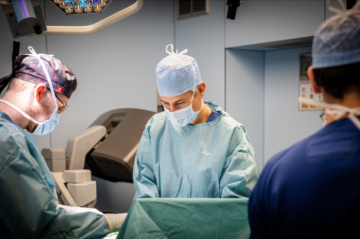Perseverance - Historic first motorized flight on other planet

The helicopter Ingenuity has made its first flight on Mars, the first powered flight above the surface of a planet other than Earth. This was announced by the US space agency NASA.
The helicopter Ingenuity has made its first flight on Mars, the first powered flight above the surface of a planet other than Earth. This was announced by the US space agency NASA.
The helicopter Ingenuity has made its first flight on Mars, the first powered flight above the surface of a planet other than Earth. This was announced by the US space agency NASA.
"Altitude data confirms that Ingenuity has performed the first flight of a powered craft on another planet," NASA's Jet Propulsion Laboratory said. That's the lab that manages robotic missions.
"It's true, it's really true," said MiMi Aung, project manager at the control center in Pasadena, USA, after the helicopter's data arrived on Earth and was analyzed. That happened about three hours after the flight took place. "We can now say that people have flown a rotorcraft on another planet," he said.
The helicopter weighs about 1.8 kilograms and looks like a drone (the picture does not represent the helicopter). The aircraft was launched in late July in the hold of the Mars rover Perseverance. The rover successfully landed in the Jezero crater on February 18 after a journey of 203 days and about 472 million kilometers.
The craft took off, hovered briefly at an altitude of 3 meters, and then landed back on the planet's surface. The craft was sent instructions from Earth several hours before the flight, but flew autonomously and analyzed its position against the surface on its own.
Ingenuity forwarded a black and white photograph showing the shadow of the craft on the Martian surface. A day after the flight, once the batteries have been recharged, the helicopter will forward a color photo of the horizon. This was taken by a different camera.
The Perseverance made a recording of the flight. The full video will be forwarded in the coming days, said Elsa Jensen, who is in charge of the rover's cameras.
The first flight was actually scheduled for April 11, but had to be postponed due to the discovery of a technical problem during a final test. Flight control had to remotely install new software on board, after first testing it on Earth.
The low air pressure on the surface of Mars is comparable to the pressure at 30 kilometers altitude on Earth. Earthly helicopters cannot fly that high. Although gravity there is less than on Earth, NASA's teams had to develop an ultralight aircraft, whose rotor blades spin much faster than a standard helicopter.
Recharging the batteries is also difficult; Mars gets about half of Earth's solar energy during the day. At night, the components on board are exposed to temperatures as high as 90 degrees below zero. Such temperatures could mean the death warrant for batteries and other electronics.
If the technology proves to work on Mars, helicopters could help explore an alien destination much faster.
More tests will take place with Ingenuity in the coming weeks. Now that the first flight was a success, the second may take place no more than four days later. Up to five flights are planned, with increasing difficulty.
"When we get to the fourth and fifth flight, we will have fun," the project leader said. "We really want to push our aircraft to its limits" and "take risks."
The life of the Mars helicopter will be determined by how it lands each time, MiMi Aung said. Which means as much as: whether the aircraft manages not to crash.
In terms of historical importance, the operation on Mars can be compared to the first flight of a motorized craft on Earth, in 1903, by the Wright brothers. A piece of fabric from that aircraft, which took off in North Carolina more than a century ago, is on board Ingenuity.
The development and construction of the Perseverance rover took eight years and cost about 2.2 billion euros. On Mars, the rover must search for traces of past microbial life and also investigate the planet's climate and geology.
Latest insights & stories

Seven cybersecurity trends and threats for 2025
Last year saw another alarming increase in cyber-attacks, with hackers using increasingly sophisticated methods. Proximus NXT and its security partners explain how to navigate a minefield of vulnerabilities in 2025.
IT is innovating faster than ever. We should embrace the limitless possibilities in cloud adoption, generative and non-generative artificial intelligence and the increasing use of APIs, says our expert panel. At the same time, cyber criminals see such trends as opportunities to compromise businesses and are capitalizing on new vulnerabilities.

The az groeninge hospital innovates care with 5G
A private 5G network at az groeninge provides the platform for the hospital to roll out innovation. From remote monitoring with biosensors to robotic surgery and training using VR: everything is focused on patient care.

Why your AI project is also a data project
AI needs quality data to realize its full potential. Yashfeen Saiyid, Data & AI Practice Lead at Proximus NXT, explains how to use a data-driven approach to lay the foundations for a successful AI project.
“There are more and more business applications, these days, based on artificial intelligence. And the accelerating rise of generative AI, with ChatGPT as its flagship, is simply breathtaking. According to Gartner, 90% of companies will use AI in the workplace by 2025,” begins Yashfeen Saiyid, Data & AI Practice Lead at Proximus NXT and Managing Director at Codit.